Reliable cold chain logistics with the speed and convenience of air transport
Until recently the pharmaceutical industry viewed air transport as something of a black box—a mysterious process that didn’t have rigorous standards in place to guarantee the conditions necessary to ship temperature-sensitive products. That appeared to have been one of the factors leading to a six-percentage point drop in the global share of air pharma cargo transport between 2000 and 2013. To address these issues, the International Air Transport Association (IATA), which represents more than 260 airlines and 83 percent of total air traffic, established new guidelines to ensure transparency and proper conditions for Pharma air shipments. These protocols, designated as Center of Excellence for Independent Validators (CEIV) Pharma by the IATA, establish specific and clear standards for handling air freight shipments of pharmaceutical goods. CEIV Pharma delivers worldwide consistency and goes well beyond the transportation and storage requirements in Good Distribution Practice (GDP) Guidelines.
Beginning with GDP
“We have been GDP certified since 2013”, says John Twisk, Director of Operations for CyberFreight International. Twisk explains that, “We needed to invest in dedicated and conditioned warehouse facilities with dedicated and trained staff. But we didn’t stop there. All processes need to be documented and controlled. Because once certified we need to make sure we are always in compliance, since GDP authorities can enter our facilities at any time, without any warning. Building the infrastructure and putting these polices into place created a positive impact on our organization”.
While GDP addresses many of the initial needs European pharmaceutical manufacturers and wholesalers have regarding the supply chain, it does not go into enough detail on how products need to be treated by the various parties that handle the cargo at each point in the chain, nor does it cover many actions needed to limit risk. Twisk says, “Even though GDP is the standard required by the pharmaceutical industry to govern the movement of pharmaceutical goods, we were not satisfied with GDP alone due to the fact that those standards may be applied differently in each country and they do not contain specific guidelines or requirements for transportation. Especially for airfreight, which is a very complex chain involving multiple parties. This creates a need for global standardization of the airfreight movements of pharmaceuticals. So we were delighted to learn about the IATA for the CEIV Pharma Program.
Moving up to CEIV to go beyond the standards Pharma demands
CEIV provides more stringent regulations than GDP regarding both the temporary storage and transport of pharmaceutical goods. It spells out in detail what each party must do to be in compliance. For example, it explains what an agent is required to do as well as the responsibilities of the transporter and even the booth handler, including what needs to happen in the booth and on the platform. It also defines how the transport must be handled airside. CEIV also clarifies exactly how to use all of the components needed to store and transport pharmaceutical goods. Furthermore, the regulations describe other requirements, including checklists and how to label and use identification codes to ensure that everyone within the supply chain knows that the containers contain extremely perishable pharmaceutical products and what must be done to protect them.
Twisk says, “CEIV offers a more comprehensive assessment and validation than GDP for logistic providers. The assessors and validators for CEIV appear to be people with experience in the logistics industry. They asked us very specific and sometimes difficult questions related to risk in various logistic processes. GDP accessors, on the other hand, don’t have this level of logistics experience, as GDP is not truly meant for logistic providers. The GDP validators’ expertise covers important subjects, but they are not relevant to air transportation. CEIV’s focus on air transport of extremely perishable pharmaceutical products makes it so difficult to earn a CEIV Pharma-certificate. We have to show we can say yes to a battery of nearly 300 questions”.
Ensuring the delivery of correctly handled pharmaceutical goods
The universal audit format in CEIV has been designed to meet or exceed the worldwide regulations that are currently in force. By increasing the speed of transport of temperature-sensitive pharmaceuticals in a safe and controlled environment, CEIV helps eliminate spoilage of highly perishable pharmaceutical cargoes. Other benefits include avoiding the costly claims against forwarders and airlines as well as ensuring higher quality public health due to the increased availability of medicines
Creating a clear roadmap with GDP and CEIV
Through a combination of GDP and CEIV, pharmaceutical companies gain the reliability of a transparent cold chain logistics system with the increased speed and convenience that air transport allows. “All of these quality systems are related to each other”, says Arie in ‘t Veld, QA Manager at CyberFreight International. “My priority is to make sure that all of the procedures are in place, that they are effective, and that they are connected to each other”.
In terms of a road map or a set of best practices, GDP and CEIV help sustain the properly controlled shipping conditions necessary for pharmaceutical products. The Pharma industry also benefits from both the reduced time for delivery and the increased transparency into the movement of temperature-sensitive products that GDP- and CEIV-certified logistics and transportation companies provide.
Building a Pharma logistics community
Pharma Gateway Amsterdam (PGA) consists of 13 member companies located at or near Amsterdam Airport Schiphol, which is Europe’s third largest cargo gateway. These member companies meet on a regular basis. By enabling close cooperation between all parties—airlines, ground handlers, freight forwarders, and trucking companies—PGA fosters the transfer of Pharma logistics knowledge and expertise among its members.
“Amsterdam Airport Schiphol is working to make a difference”, says Twisk, “Within the PGA, we discuss matters of concern—in addition to CEIV and GDP regulations and compliance—to come up with new ideas and to establish procedures that address the logistics and transportation needs of the pharmaceutical industry. Not only does this make us better as separate companies, but it makes Amsterdam Airport Schiphol, as a community, more vibrant. And most important, this helps us improve the experience and service that our Pharma customers receive. Now that we’ve started to open up the black box and have given our customers more visibility into their shipments, they can be confident that their pharmaceutical products maintain the integrity needed to combat disease and to benefit patients around the globe”.
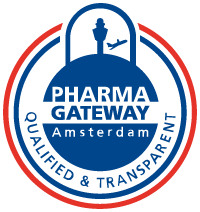
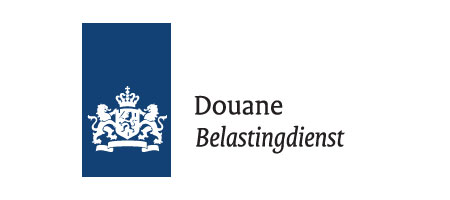
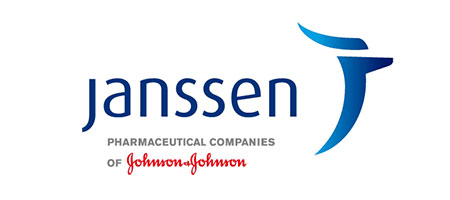
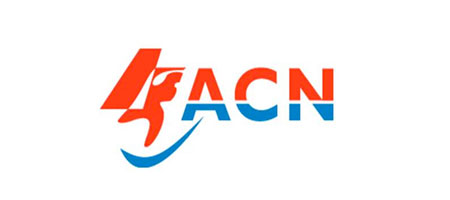
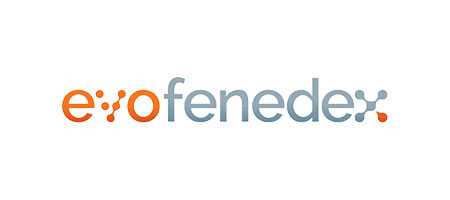
Recent Comments